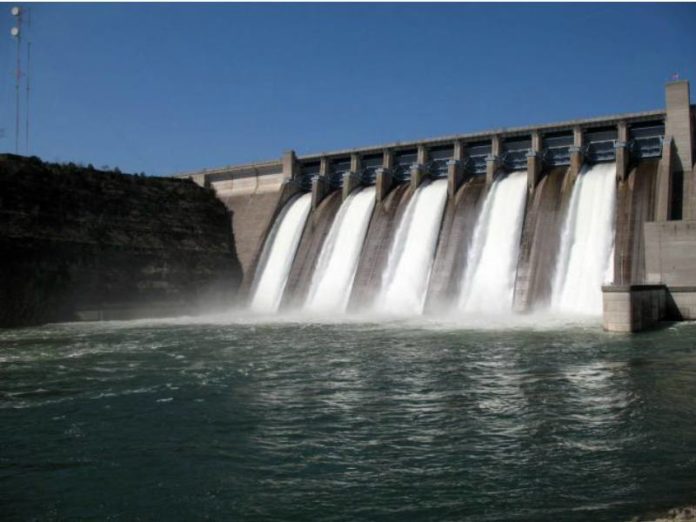
Featured image: Stock
The government of Malawi is adding 3.4MW to the national grid through its commissioning of Muloza Hydropower Station.
The Electricity Supply Corporation of Malawi (ESCOM) has officially commissioned the 3.4MW Muloza Hydropower Station. The project, which is privately owned by Cedar Energy, is set to cater for over 2,800 rural households in Phalombe, Mulanje and Thyolo.
Minister of Energy Ibrahim Matola graced the signing ceremony of the Transmission Connection Agreement at Sukasanje situated along the road from Phalombe to Muloza in Mulanje.
The Minister said engaging private investors to produce power for ESCOM to complement services by Electricity Generation Company (EGENCO) – under independent power producers (IPP) – is part of the government’s goal to attain 1,000MW of electricity energy by 2025 as recently pledged by President Lazarus Chakwera.
Other efforts are through solar energy where President Chakwera commissioned a plant construction in November in Salima, which is expected to add 20MW to the national grid.
In his remarks, CEO of ESCOM, Kamkwamba Kumwenda, said the utility is receiving less power than required due to the non-availability of adequate electricity generation power producers in the country, thus their effort to engage independent power producers.
“With limited generation capacity, the country is currently experiencing extensive loadshedding due to the impact of Cyclone Anna, which resulted in the loss of 130MW from Kapichira Power Station,” he said.
He assured that the figure of 3.4MW “might seem small to others, but as ESCOM, we can assure you that this will have a significant positive impact in a reduced shedding programme.”
Never miss a story. Join our community.
“The coming of Cedar Energy will increase power supply and greatly improve quality of supply to not only Muloza but also to estates, businesses, and residential premises to tea growing and manufacturing districts of Thyolo, Mulanje and Phalombe.
“We wish to assure you that ESCOM is making every effort in ensuring that its operations are well aligned with the vision of His Excellency the State President towards MW2063 [the Malawi Vision] agenda.”
He applauded Cedar Energy for its “pragmatic approach to reach this far” despite the challenges caused by COVID-19 at the outset of the project in 2020 through procurement of equipment from Europe, China and other countries.
“We have been working closely with Cedar Energy Ltd to ensure that their investment plans should become a reality and it is our full commitment that we shall continue to do so with any other upcoming independent power producers and our team of technical experts are well equipped and ready on the ground to provide any service required” he further stated.
The massive project is using Muloza River from Mulanje Mountain by diverting water by gravity through a pipeline that passes into the generation machines and back into the river.
The CEO stressed that the country should not be relying on hydro generation plants of Nkula, Tedzani and Kapichira on the Shire River but on other rivers as provided by Cedar Energy taking advantage of the gravity-fed waters of Muloza River.
Last year, EGENCO signed a construction contract with a Chinese electrical company, CHINT Group, which will be carried out in two phases of 10MW each back-to-back but the whole project is planned to have a scalable 50MW for the grid.
EGENCO also has a coal-powered project being considered through a feasibility study being carried out at Kammwamba in Balaka District by a German consultant.
Also last year, President Chakwera and his counterpart from Mozambique, launched the construction works for the two countries’ power transmission interconnection project at Phombeya in Balaka District.
Malawi is expected to be supplied with 50MW of electricity supply at the initial stage with some future potential to increase as the country’s Integrated Resource Plan of 2017 indicates that peak electricity demand will be 1,860MW by 2030 yet currently Malawi’s installed generation capacity is hovering at 50MW.